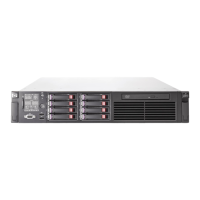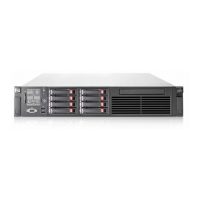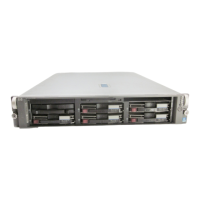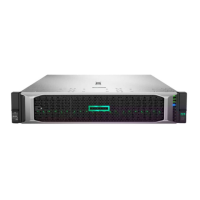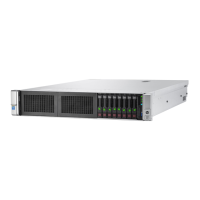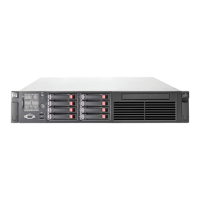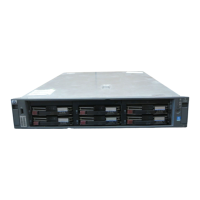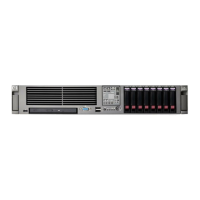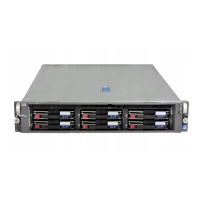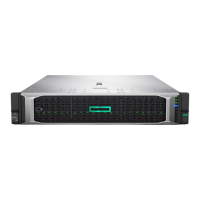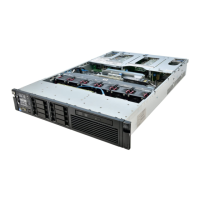• Physical Disk resources are placed in a group and relate to the basic disk. When a Physical Disk
resource is created through Cluster Administrator, a corresponding group should be created for
the resource to reside in. Groups are the basic unit of failover in a cluster.
• File share resources are placed in a group and relate to the actual directory on the drive on
which the share is being created.
• An IP Address resource is formed in the group and relates to the IP add ress by which the group’s
virtual server is identified on the net work.
• A Network Name resource is formed in the group a n d relates to the name published on the
network by which the group is identified.
• A Virtual Server is a group containing an IP Address resource and a Network Name resource.
File share a nd disk resources assigned to this virtual server group can transition from one node to
the other during failover conditions.
• The Group is owned by one of the nodes of the cluster, but may transition to the other nodes
during failover conditions.
The diagram illustrates a cluster containing two nodes. Each node has ownership of one group.
Contained within each group are singular file shares that are known on the network by the associated
Network Name and IP address. In the specificcaseofNode1,file share Eng1 relates to E:\Eng1.This
fileshareisknownonthenetworkas\\Fileserver1\Eng1 with an IP address of 172.18.1.99. E:\Eng1
relates to the actual Basic Disk E: containing a directory Eng1.
For cluster resources to function properly, t wo very imp ortant requirements should be adhered to:
• Dependencies between resources of a group must be established. Dependencies determine the
order of startup when a group comes online. In the above case, the following order should
be maintained:
1. File Share—Dependent on Physical Disk Resource
2. N FS File Share—Dependent on Physical Disk Resource an d Network Name
3. N etwork Name—Dependent on IP Address
Failure to indicate the dependencies of a resource properly may result in the file share attempting
to come online prior to the physical disk resource being available, resulting in a failed file share.
• Groups should have a Network Name resource and an IP Address resource. These resources
are used by the network to give each g roup a virtual name. Without this virtual reference to the
group, the only way to address a share that is created as a clustered resource is by node name.
Physical node names do not transition during a failover, whereas virtual names do.
For example, i f from a client a network share map F: was established and assigned to \\Node1\Eng1
instead of \\Fileserver1\Eng1, when Node1 fails and Node2 assumes ownership, the map will become
invalid b ecause the reference in the map is to \\Node1 . If the map were created to the virtual name and
Node1 were to fail, the map would still exist when the group associated with Eng1 failed over to Node2.
The previous d iagram is an example a nd is not intended to imply limitations of a single group or n od e.
Groups can contain multiple physical disks resources and file shares and nodes can have multiple
groups, as shown by the group owned by Node2.
Cluster planning
Clustering servers greatly enhances the availability of file service by enabling fi le shares to fail over to
additional storage servers, if problems arise. Clients see only a brief interruption of ser vice as the file
share resource transitions from one server node to the other.
Requirements for taking advantage of clustering include:
• S
torage planning
• Network planning
• Protocol planning
HPProLiantDL380G5StorageServer 121
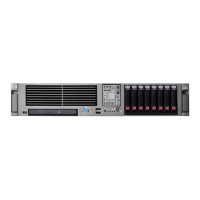
